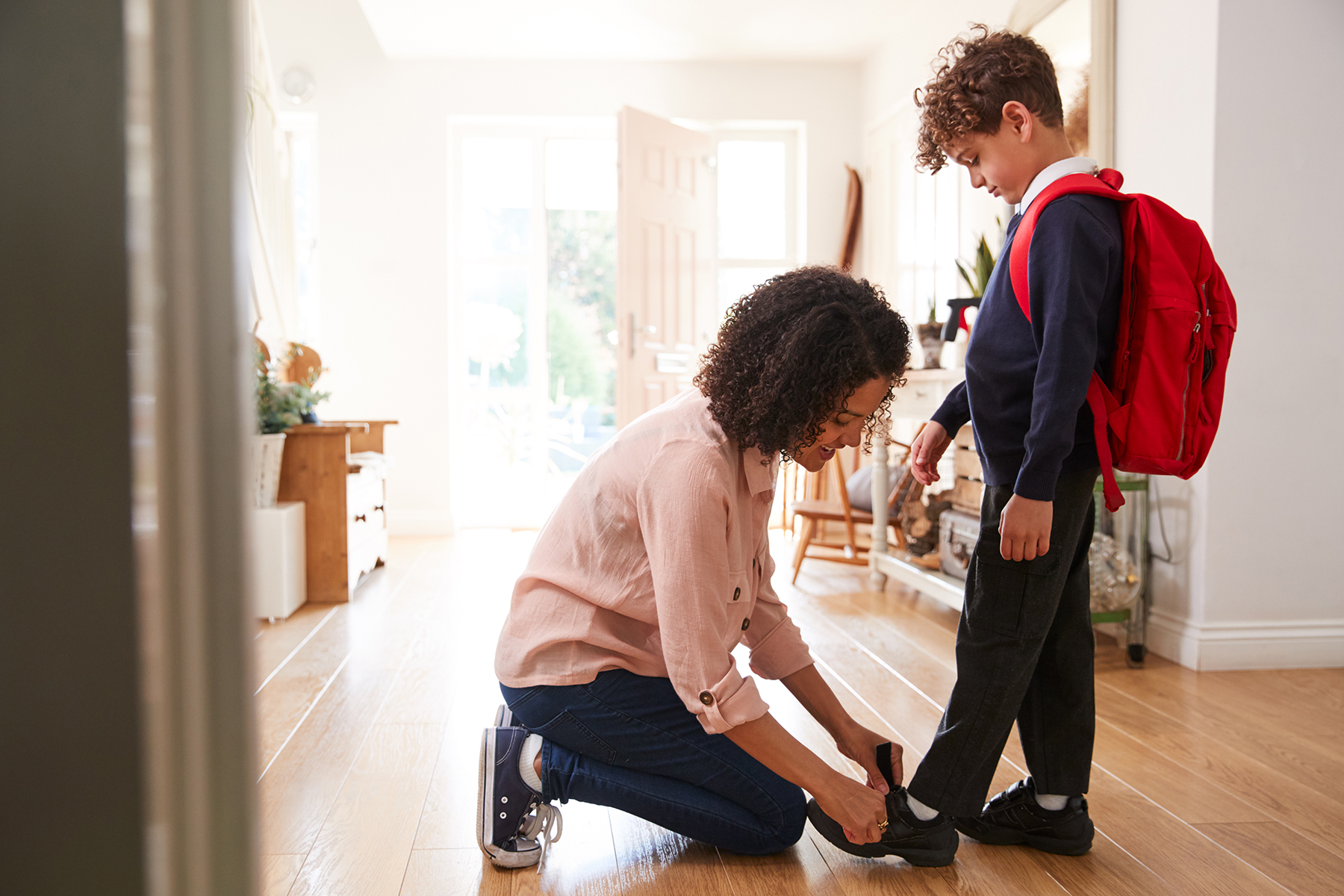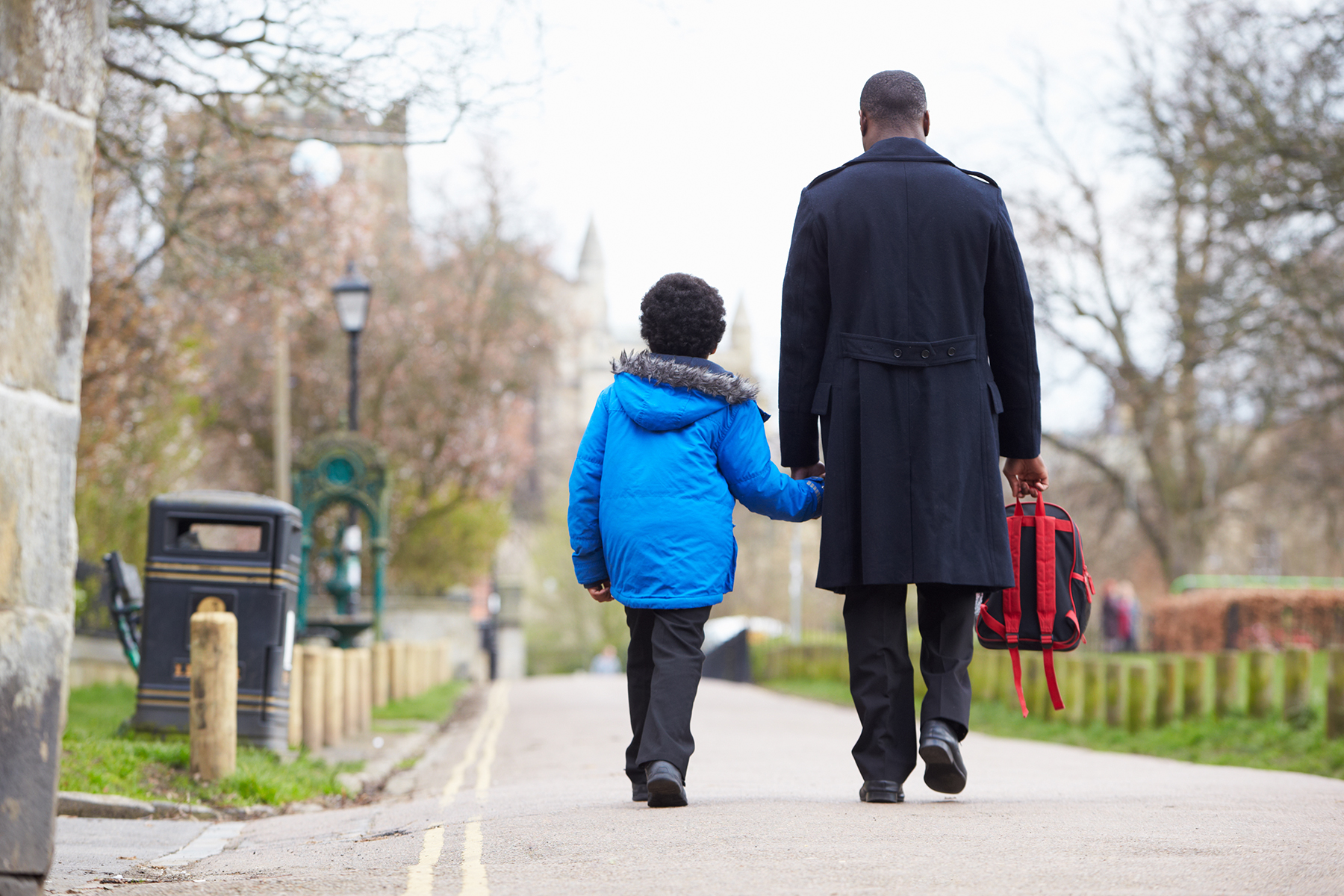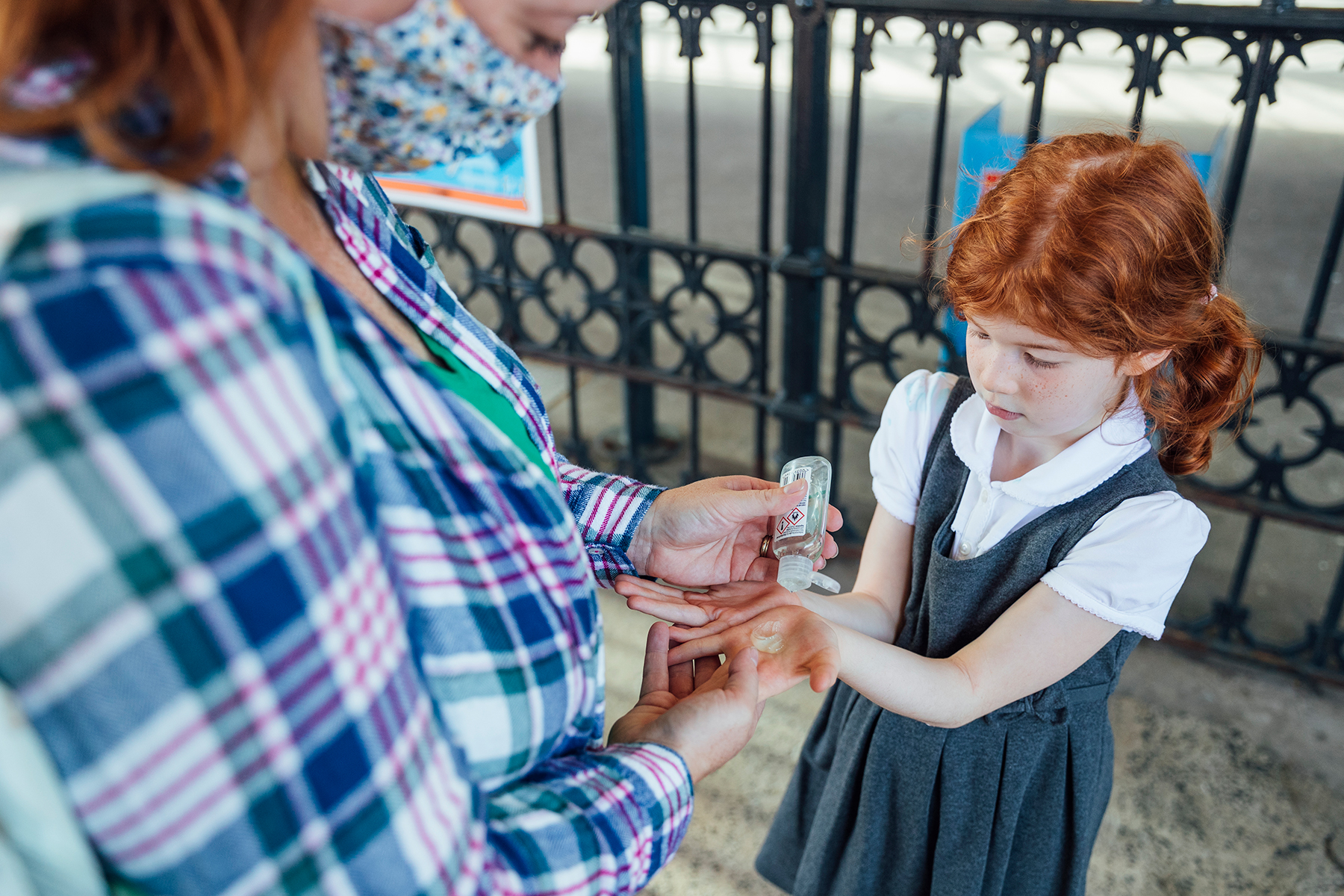- Home |
- Search Results |
- How to talk to your child about going back to school
How to talk to your child about going back to school
Children are set to return to school from 8 March and there will no doubt be plenty of questions and concerns from them. Laura Earnshaw, founder of myHappymind and author of the book it inspired, My Happy Mind, offers some tips on how you can address any uncertainty they may have.

How are you feeling about the prospect of your little one returning to school? I am guessing you have mixed emotions… am I right?
And it’s no surprise. The reality of what we and our children have lived through over the last year is hard to put into words. It’s likely that you’re feeling a combination of relief, worry, excitement, and many other emotions too. So, imagine what our little ones might be feeling! That’s why we wanted to share some advice and tips to support you in having a positive conversation with your child about this transition.
Whether your child has been in school or home-schooling these last few months, the return to school represents a change for all children, and so we hope this advice will be helpful to all.

A is for ask your children how they are feeling
This first step is so important because it’s super easy for us as parents to make assumptions about how our little ones are feeling. Especially right now, when we’re busy and tired, and there’s so much going on.
Some children will share really openly, whereas others may find it harder, and be a little reluctant, to express their feelings. These tips and tricks should really help you to support them in coming out of their shell and get them talking about how they’re feeling.
Here are three ideas to get the conversation started:
1. Motion releases emotion: When we move, whether that’s walking or swinging on the swings at the park, it helps us to open up and makes it easier to share. So rather than trying to have the conversation about how they feel about going back to school face to face, you can try doing so whilst moving.
2. Pretend play: This can be particularly helpful for younger children. Whether you use LEGO figures or plastic animals it doesn’t really matter! But using play to explore feelings via the use of a third party like this really works for some children. You could suggest that the LEGO figures are going back to school and ask your child, ‘How do you think they are feeling about that?’ as an example. Let your imagination run wild with this – you’ll be amazed at how much it opens your child’s mind too!
3. Using TV or book characters to explore emotions: Sometimes our children find it easier to share their emotions by relating to a TV character or a character in a book. If you sense your child is struggling with expressing an emotion, try picking one of their favourite characters and explore how they might feel in this situation.
Once you feel like you fully understand how your little one is feeling it’s time to move onto the next stage and start to look at the reality of returning to school.
B is for have a balanced conversation about returning to school
Now that we are clear on how our children are feeling, it’s time to engage them in a realistic conversation about how things might play out over the coming weeks and months.
You’ll want to adapt this conversation depending on the age of your child, but whatever their age it’s important to at least acknowledge that there may be uncertain times ahead. For example, they may end up being off school again for a period of time if there is a case of COVID in their class.
So, exploring some of these scenarios with your child is super important. Depending on the age of your child, you could try asking them to think of three different scenarios that might happen when they go back to school.
Then, you can explore how they might feel about each of those scenarios. An example might be what will it be like if you have to self-isolate for a period of time at home. Where will you set up at home for home-schooling? What will they do for exercise each day?
Even just planting the seed that this may happen can really help your child to feel in control and to recognise that things are still not 100% certain.
Again, pretend play can really help with exploring different scenarios here, and you can use some of the ideas in the first section to help.

C is for consider what they may need
Now that you’ve developed a strong sense of your child’s emotions about returning to school – which is fabulous – it’s time to think through what they may need to support them through this transition.
You should have some good insight based on the conversations you’ve had with them so far. There will probably be things playing on their mind, and this will be useful for you when thinking about how you can best support them.
Maybe you’ve noticed that their worries and concerns are around catching the virus. If so, you might want to spend some time understanding and discussing the hygiene practices that are in place in school.
Or, perhaps they are a little nervous about seeing friends again, in which case you could arrange a virtual meet-up with their friends or a socially distanced walk in the park.
Whether your child’s concerns centre around routine, the virus, or friendships, it is important to remember that every child’s feelings are different and that is OK! The key here is to explore them and involve your child in a conversation about them.
While this is going to be another period of change for us all, as long as we’re keeping an open dialogue with our children and we keep listening, we’ll get through it. Don’t forget to look after yourself too – it’s a tricky time for parents and carers as well.
Next steps
To help with supporting your child, download our handy guide below that includes a planner to map out their needs and how you plan to help.
Don't forget to check out myHappymind for more tips and advice.